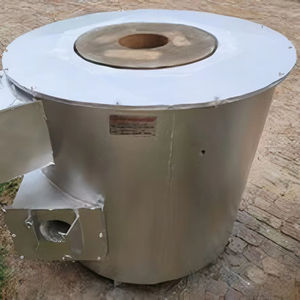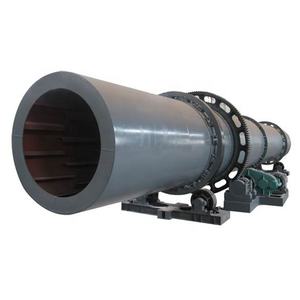The term Computer Numerical Control (CNC) encompasses a vast array of manufacturing equipment, fundamentally united by the principle of automated, programmable control over tool movement. However, the physical characteristics of these machines vary dramatically. Consequently, categorizing all CNC tools uniformly as “heavy machinery” is inaccurate and overlooks the significant diversity within this technology sector. While many industrial-grade CNC machines certainly qualify as heavy machinery, numerous CNC tools fall into categories that are decidedly lighter, more compact, and accessible.
(Are All Cnc Tools Heavy Machinery)
Heavy machinery typically implies large-scale industrial equipment characterized by substantial mass, significant footprint, high power consumption, and the capability for heavy-duty material removal or forming operations. In the CNC realm, machines fitting this description are prevalent in high-volume production environments. Examples include large vertical machining centers (VMCs) and horizontal machining centers (HMCs) designed for milling complex metal parts, often weighing several tons and requiring robust foundations and three-phase power. Large bed-type CNC lathes capable of turning substantial shafts or forgings, gantry mills used for machining massive components like aerospace structures or marine propellers, and heavy-duty CNC presses for forming thick metal sheets all unequivocally fall under the heavy machinery umbrella. These machines prioritize rigidity, high material removal rates, and long-term durability for demanding production schedules, necessitating their substantial size and weight.
However, a significant portion of the CNC market consists of machines that defy the “heavy machinery” label. Benchtop CNC milling machines and lathes, designed for prototyping, toolroom work, education, or small-scale production, are compact enough to be placed on a sturdy workbench. While still capable of machining metals, plastics, and composites, their reduced work envelope and lighter construction (often utilizing aluminum frames or castings) result in significantly lower mass and power requirements compared to their industrial counterparts. They may operate on standard single-phase power. CNC routers represent another category where size varies immensely. While industrial routers for machining large panels or composite structures can be very large, numerous models are specifically designed for woodworking shops, sign making, or educational settings. These machines, often utilizing aluminum extrusions or lighter steel frames, can be relatively compact and mobile, focusing on speed and precision in softer materials rather than brute force.
Further challenging the “heavy machinery” generalization are CNC machines primarily designed for cutting or processing materials without traditional heavy mechanical structures. CNC laser cutters, plasma cutters, and waterjet machines utilize focused energy or high-pressure streams to cut sheet materials. While large industrial models exist, many systems, particularly CO2 laser cutters for engraving or thin sheet cutting, are compact, relatively lightweight tabletop units. Similarly, CNC vinyl cutters used for signage or graphics are typically light and portable. Additive manufacturing technologies like industrial polymer or metal 3D printers incorporate CNC motion systems for layer deposition or laser sintering. While some metal systems are substantial, many polymer 3D printers are desktop-sized and lightweight. Even CNC coordinate measuring machines (CMMs), vital for precision inspection, prioritize accuracy and low vibration over mass, often featuring lightweight structures and air bearings.
(Are All Cnc Tools Heavy Machinery)
The defining factors separating heavy CNC machinery from lighter CNC tools are primarily mass, physical footprint, power requirements, and the intended duty cycle/material removal capability. Heavy machinery emphasizes rigidity and power for sustained, high-force operations on tough materials. Lighter CNC tools prioritize flexibility, space efficiency, lower cost, and accessibility, often focusing on precision in softer materials, rapid prototyping, or specific non-traditional cutting processes. Technological advancements continuously blur the lines, offering increasingly capable machines in smaller packages. Therefore, while CNC technology underpins some of the most massive industrial equipment, it also enables highly sophisticated, compact tools that are anything but heavy machinery. Recognizing this spectrum is crucial for understanding the appropriate applications and limitations of different CNC equipment classes.


